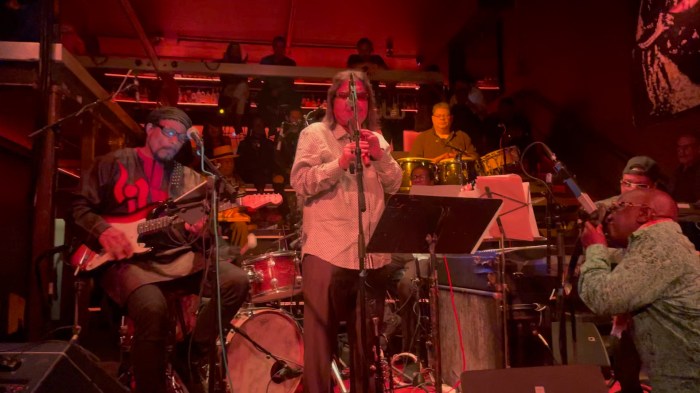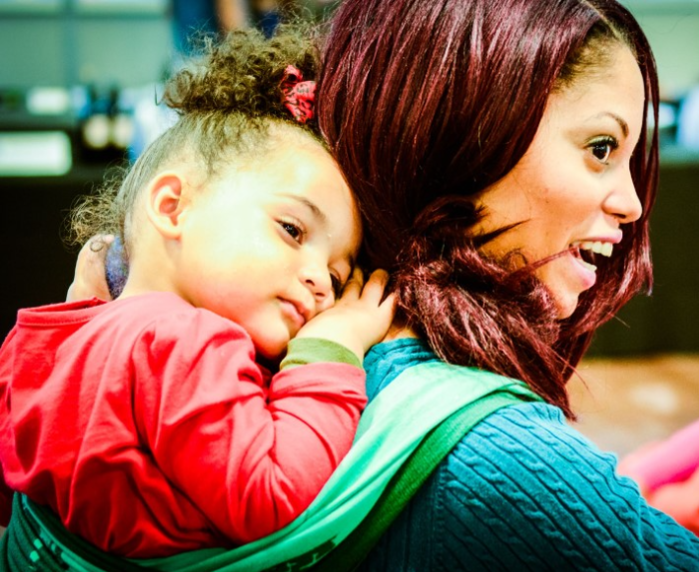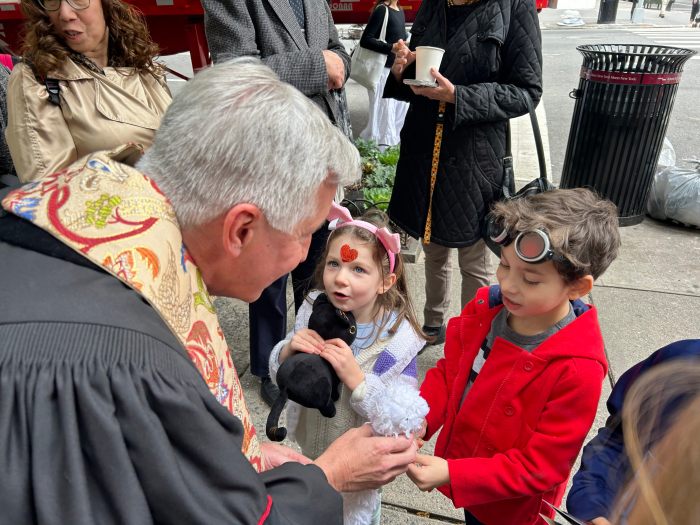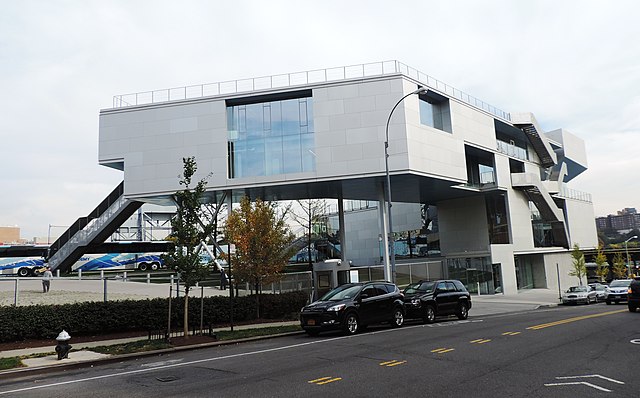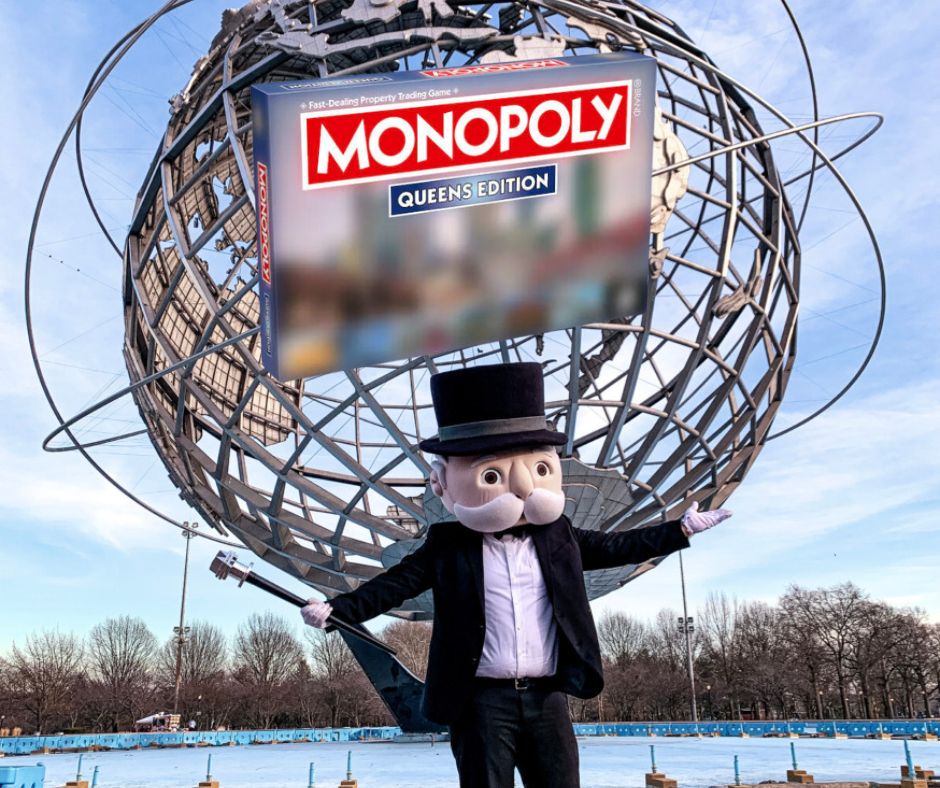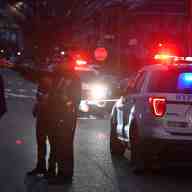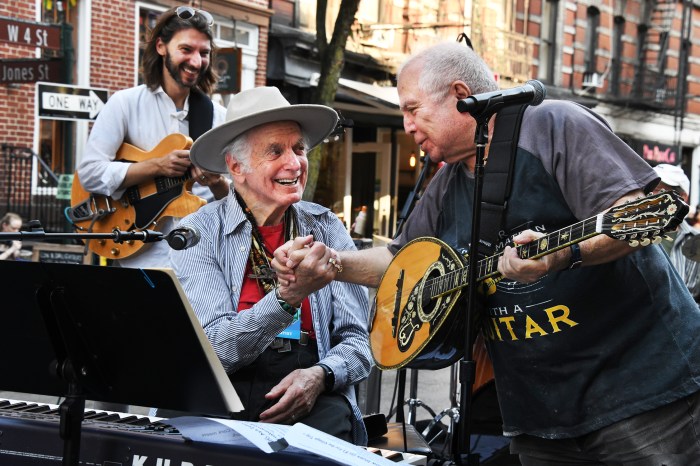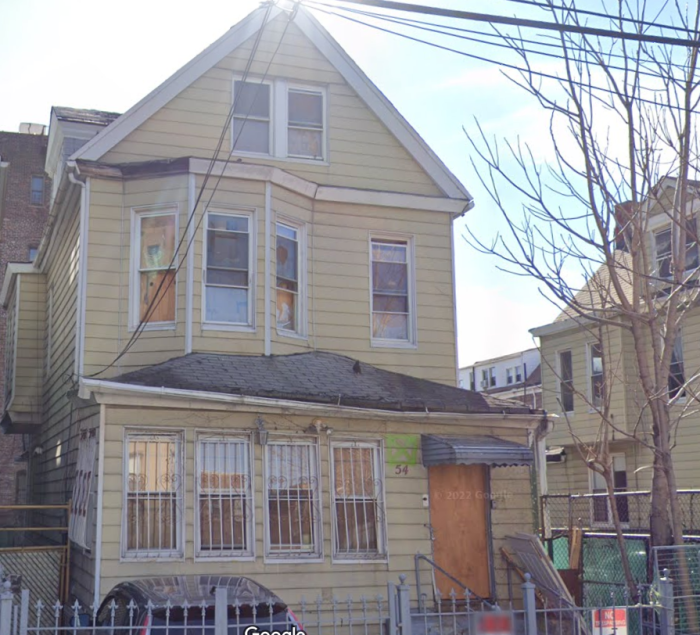By Ed Gold
Rosemary McGrath, a longtime Village resident, Community Board 2 member and political activist, died on Tues., Feb. 24, at age 79.
She had been in St. Vincent’s Hospital over the previous few weeks and died in the Mary Manning Walsh Rehabilitation Center in Manhattan, according to her son, Robert.
She was born in Queens to Marguerite Mazza Murphy and Peter Murphy, a Con Edison employee. When she was 6, her mother died and her father sent her and a sister to Ireland to live with relatives and attend a convent school. When she was 9 years old her father remarried and she returned to Queens, attended Jamaica High School and then went to the College of Mt. St. Vincent in Manhattan, graduating in 1951.
She married Robert W. McGrath and moved to Washington Square Village a short time later, where she raised her family, worked as a model and actress and became active in local politics. She was a member of the community board from 1962 to 1964, when it was known as the Community Planning Board. In 1977 she was appointed to Community Board 2, and was still on the board at her death.
In addition to her son, a daughter, Mary Jane Namazim, and four grandchildren also survive.
Perazzo Funeral Home, 199 Bleecker St., was in charge of arrangements. The funeral was Sat., Feb. 28, at St. Joseph’s Church in Greenwich Village.
Below, Ed Gold, a fellow veteran C.B. 2 member, shares his memories of McGrath.
Albert Amateau
Memorial
At times, Rosemary McGrath seemed larger than life, so it was a real shock and a deep sense of loss to learn of her passing.
I had known her since the 1960s, and we spent almost 40 years as colleagues on Community Board 2. Her activities were full of surprises. Politically, she was far to the right in her early Village activities, but on several local issues she fought for neighborhood people, often against powerful adversaries.
We were collaborators on an important project beginning in the late ’70s which eventually brought $1.6 million into the C.B.2 district for a wide range of capital projects at schools, parks and many of the community’s social service organizations, including P.S. 3 and P.S. 41, Washington Square Park, The Caring Community, Housing Works, the Village Nursing Home and the L.G.B.T. Community Center.
Over the years, she fought against the Lower Manhattan Expressway, defended longtime residents who were forced to move, argued vociferously against a fence around Washington Square Park, spoke forcefully in favor of St. Vincent’s proposed new hospital and consistently backed full gay rights.
On the political front, I first learned of her rightward stance in 1961 when Village Independent Democrats ended the 22-year reign of the important Tammany Hall leader Carmine DeSapio.
At the time I was president of V.I.D. and Rosemary was the Village leader of the vigorously right-wing Young Americans for Freedom (YAF) and a fervent DeSapio supporter. While I celebrated victory at the Limelight Cafe on Seventh Ave., she suffered across the street at DeSapio’s Tamawa Club headquarters, joined surprisingly by Murray Kempton, the liberal columnist, who, for unexplained reasons, was also a DeSapio fan.
But Rosemary had great recuperative powers and she bounced back, running in the Republican primary for state Assembly. Her slogan was “Vote for a Winner,” but she wasn’t. It was the year Bill Passannante crushed Ed Koch in the Democratic primary and went on to win the seat.
She also became something of a national celebrity in right-wing circles, attending a conservative rally in Madison Square Garden at which Strom Thurmond was honored and Barry Goldwater was the key speaker.
She was introduced to the large crowd as “one of the three best-known citizens in Greenwich Village,” and was called onstage to make a presentation.
Before her lengthy history as a community activist, she had been a model and actress and that experience would help define her persona during her many years of community service.
Mary Nichols Perot of the Village Voice captured Rosemary’s stunning appearance at the Garden: “the long black hair strung bewitchingly over one eye in the style of Veronica Lake.”
She had little use for the Democratic reformers, calling them the “toy pistol New Frontiermen of New York City.” But The Villager, on the other hand, saw her as a reformer, anxious to energize her party. Rosemary complained that Republicans of that period showed “little of the activist spirit.”
While her politics were far right at that time, there was a beatnik quality in her social life. Her hangouts included the White Horse Tavern and Le Figaro cafe. At the White Horse, she befriended Michael Harrington, author of the seminal work on the invisible poor, “The Other America,” and an unapologetic socialist.
While she conversed with Harring-ton, she supported Joe McCarthy, then decided that Bill Buckley made the conservative movement respectable.
A decade later, she would run in her last political race, against V.I.D.’s Carol Greitzer for City Council. She was at a disadvantage in left-leaning Greenwich Village but managed to get about 40 percent of the vote. She used two slogans in her losing campaign: “If You Love New York, Vote McGrath” and “We’re Angry Too.”
But it was at C.B. 2 that she made her mark. In the late ’70s she showed a keen political hand. The federal government was considering what to do with the Archive Building at Christopher and Greenwich Sts. C.B. 2 hoped it would be turned over to the state and used for public service. Rosemary had contacts in Washington and used them. The building was eventually turned over to New York State. Rosemary’s lobbying had not been in vain.
But the state, with New York City support, gave the building to the Rockrose Development Corporation, which decided to convert it into a blocklong rental operation. Rockrose got a 99-year lease, but the state retained ownership. That meant Rockrose did not have to pay sales taxes on its construction materials. Those savings, the state and city determined, should go into an Archive Fund to help the community.
Thus was born the Archive Committee at C.B. 2 with Rosemary the first chairperson and me the second. We had one problem with the Urban Development Corporation, which handled the money. The U.D.C. people wanted all the money to go to one recipient, which would minimize their work effort. Rosemary, turned Sarah Bernhardt, convinced them that there were many worthy causes in the Village, and that giving the money to a single organization would not sit well. U.D.C. relented. More than 100 grants were made, and U.D.C. never rejected a single C.B. 2 recommendation.
Rosemary on occasion would use her thespian experience to make a case before the C.B. 2 board. One year she was presenting the Archive Committee’s funding recommendations to the board when she noted that her daughter had just been in a serous accident and was at St. Vincent’s Hospital where they were doing a CAT scan on her head. Board Chairperson Tony Dapolito suggested that Rosemary go to the hospital and let someone else read her report.
“No,” Rosemary said firmly, “it’s my responsibility. But I would appreciate it if someone would watch the phone in case there’s a call about the CAT scan results.” She finished the report, which was adopted unanimously by the board. Her daughter made a full recovery.
A conservative in the Village could get pretty lonely. Rosemary once said if she wanted conservative company at the White Horse she would have to bring along her YAF members.
She invoked her Catholic school training when discussing the Village beats: “They could use a little Augustine and Aquinas,” she once said.
For many years at C.B. 2, she and Doris Diether were the only admitted Republicans, but that didn’t prevent Rosemary from being elected twice as chairperson of the body.
She was full of surprises. While she sent Bush $100 in his 2004 re-election bid, she rallied behind St. Vincent’s nurses who were fighting for improved working conditions. And she was in the forefront in the lengthy but losing community effort to prevent New York University from refusing leases to long-term tenants at Washington Square Village.
In recent years, her politics seemed to become more moderate. Several years ago, she confided in me: “Ed, I’ve become a Javits Republican.”




